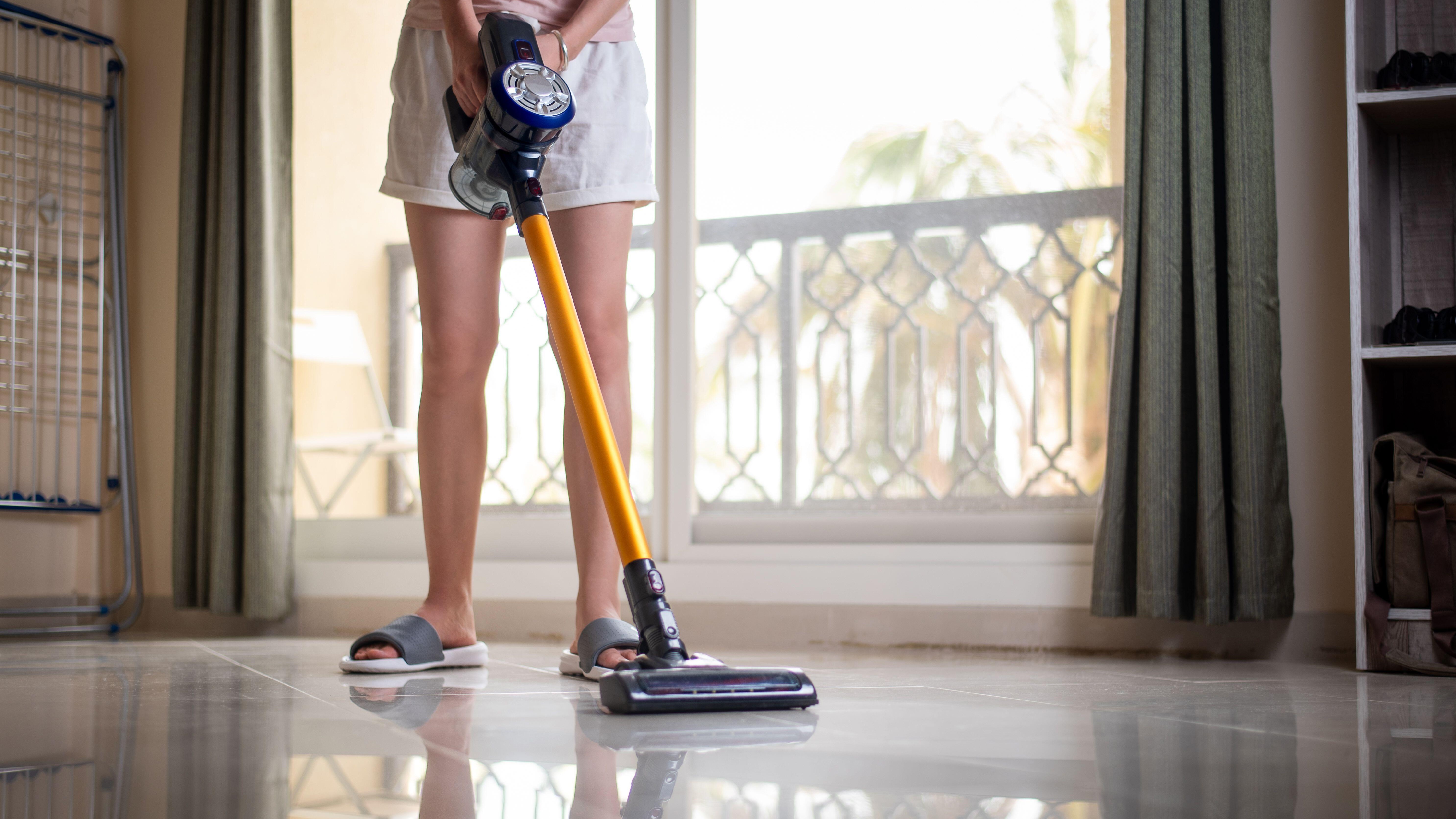
Vacuums come in all shapes and sizes, but one thing they all share is a filter. And they all need regular cleaning to keep your vacuum –no matter its make or model – functioning to its maximum capacity.
Given all we put them through, from vacuuming up fine dust and powders to hair and even the occasional pest, a vacuum filter can get clogged quickly, limiting your vacuum's suction power and leaving lackluster results.
Knowing how to clean a vacuum and its filter will give you a lot more time before having to replace your appliance entirely. Here's how to refresh your cartridges, foam, HEPA, and robot vacuum filters.
How to clean a vacuum filter
Before taking your best vacuum cleaner apart, make sure it's unplugged and switched off. Empty any dust bins or canisters, then locate your vacuum filter and remove it.
Different vacuum cleaners will have different filters. Read your vacuum's manual to see if they have specific instructions for cleaning the filter, but if not, the below steps are helpful guidelines for the various types you'll find.
How to clean a cartridge filter

Cartridge filters are cylinders, usually made with pleated paper or some type of synthetic material. They're easily replaceable (often referred to as disposable), but regular cleaning can make them last a very long time. Or, if you own one of the best Dyson vacuums, cleaning your Dyson filter regularly means you won't have to replace it for years.
Pleated paper cartridges can be cleaned by brushing away any larger, visible debris and tapping away the dust that lives within the filter. You can do this by tapping the filter on the side of a garbage can, or some people clean them more thoroughly by placing the filter in a bag and shaking until all the dust becomes loose. Be careful, however, as paper cartridge filters can be quite delicate (gentle tapping is best).
Design expertise in your inbox – from inspiring decorating ideas and beautiful celebrity homes to practical gardening advice and shopping round-ups.
Ken Faherty, cleaning expert, doctor of organic chemistry, and founder of Be Green Carpet Cleaning advises, 'You may need to replace paper or cardboard filters every six to 12 months or sooner if they appear damaged, excessively dirty, or aren’t performing well.'
Synthetic fiber cartridges can be cleaned in the same way, but as they're not made of paper, they can be run underwater to clear out even more dust. Always check your vacuum cleaner's directions to be sure, as wetting the wrong filter can damage it. Then, wrap it gently in a microfiber cloth to absorb all the moisture. Galia Ivanova, cleaning expert and owner at Cleaning Estimate adds, 'Letting it air-dry completely – usually 24 hours – is crucial before popping it back in.'
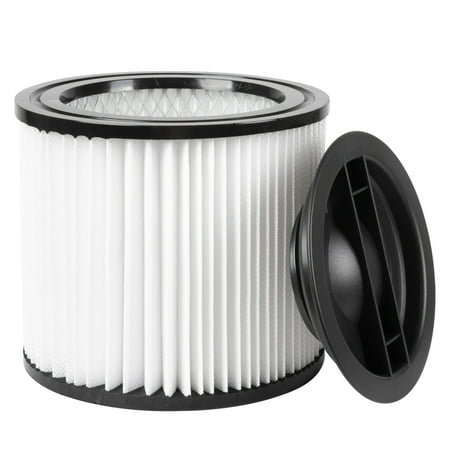
You should always double-check your manufacturer manual for more details on the exact replacement filters you should use for your make and model, but a universal filter can work as a backup if your original vacuum has been discontinued.
How to clean a foam filter
Many modern, bagless vacuums use foam filters to capture dust under the canister where air passes through.
'You can be more thorough in your cleaning of a foam filter as it's a bit sturdier,' explains Delah Gomasi, cleaning expert and CEO of MaidForYou,
- Fill a bowl with warm water and dish soap [such as Dawn dish soap, at Walmart] and submerge the filter.
- Gently squeeze the filter and move it around the warm water to pass the cleaning solution through the foam's pores.
- If the water becomes murky, empty it and re-fill the bowl with fresh water. Do this until the water runs clear.
- Rinse out all the suds and pat it dry with a microfiber cloth, then let the filter air dry for as long as possible before putting it back into your vacuum filter. It can help to place it near the best dehumidifier to help suck moisture out and prevent your vacuum from smelling.
How to clean a HEPA filter
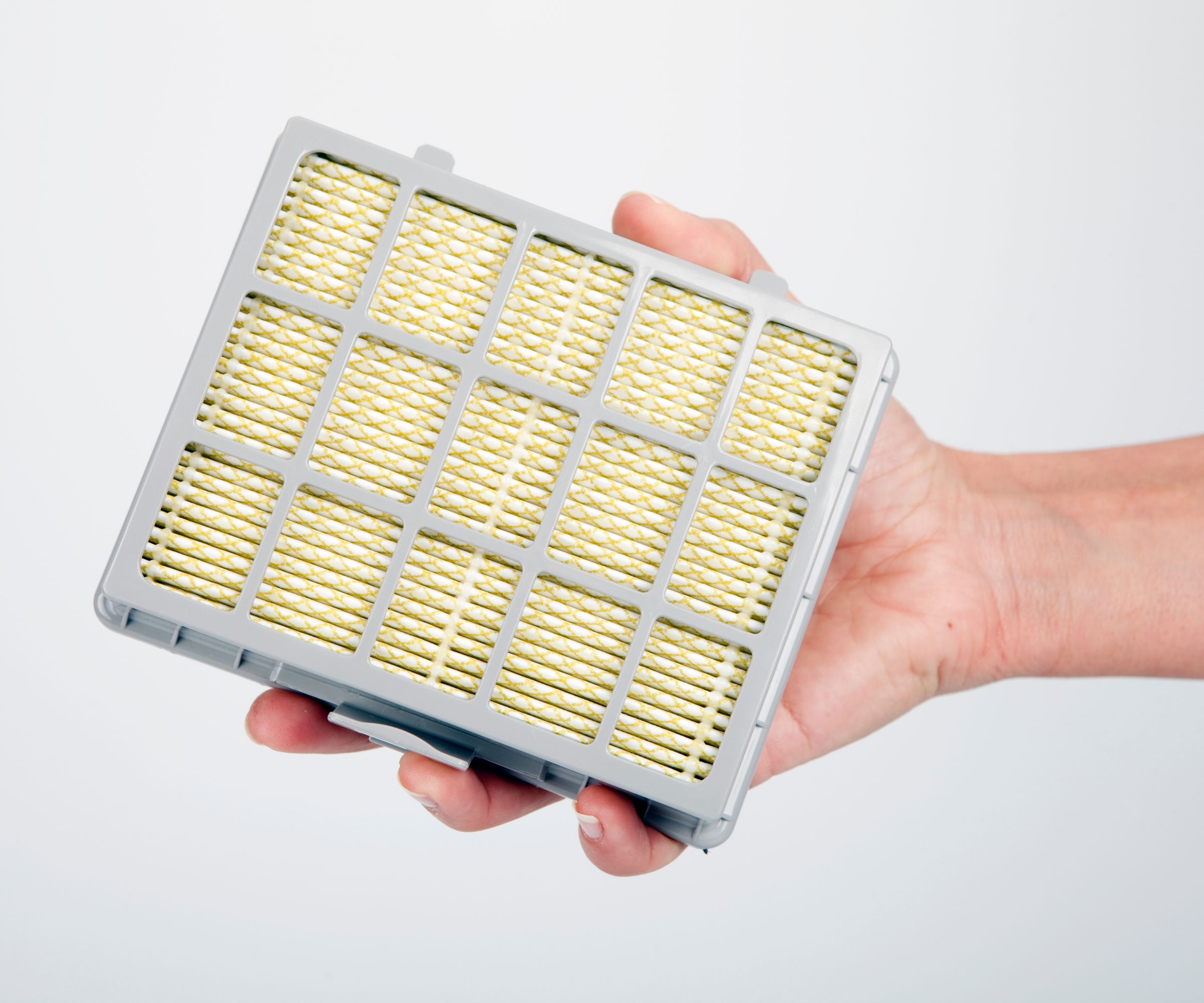
HEPA filters are capable of trapping 99.97% of small airborne particles larger than 0.3 microns, and the filters have very fine fibers to be able to do so. Ideally, they shouldn't be cleaned. Cleaning HEPA filters can damage these fibers, making them less effective.
You can give HEPA filters a light clean by carefully tapping away any dust. But if you find yours is getting quite dirty, it's likely time to replace it. HEPA filter replacements are pretty cheap, and you can find them for all brands at Amazon and Home Depot or from the brands themselves like Dyson or Shark.
That being said, some vacuum models will specify that their HEPA filters are designed to be washable. Follow the instructions if so, but it's likely that they'll just need a simple rinse under cool water says Tim Conn, cleaning expert and president at Image One USA.
He advises, 'The best way to clean a vacuum filter is to rinse it under lukewarm water, gently shaking out any excess moisture, before letting it air dry completely in a warm, well-ventilated spot.'
How to clean a robot vacuum filter
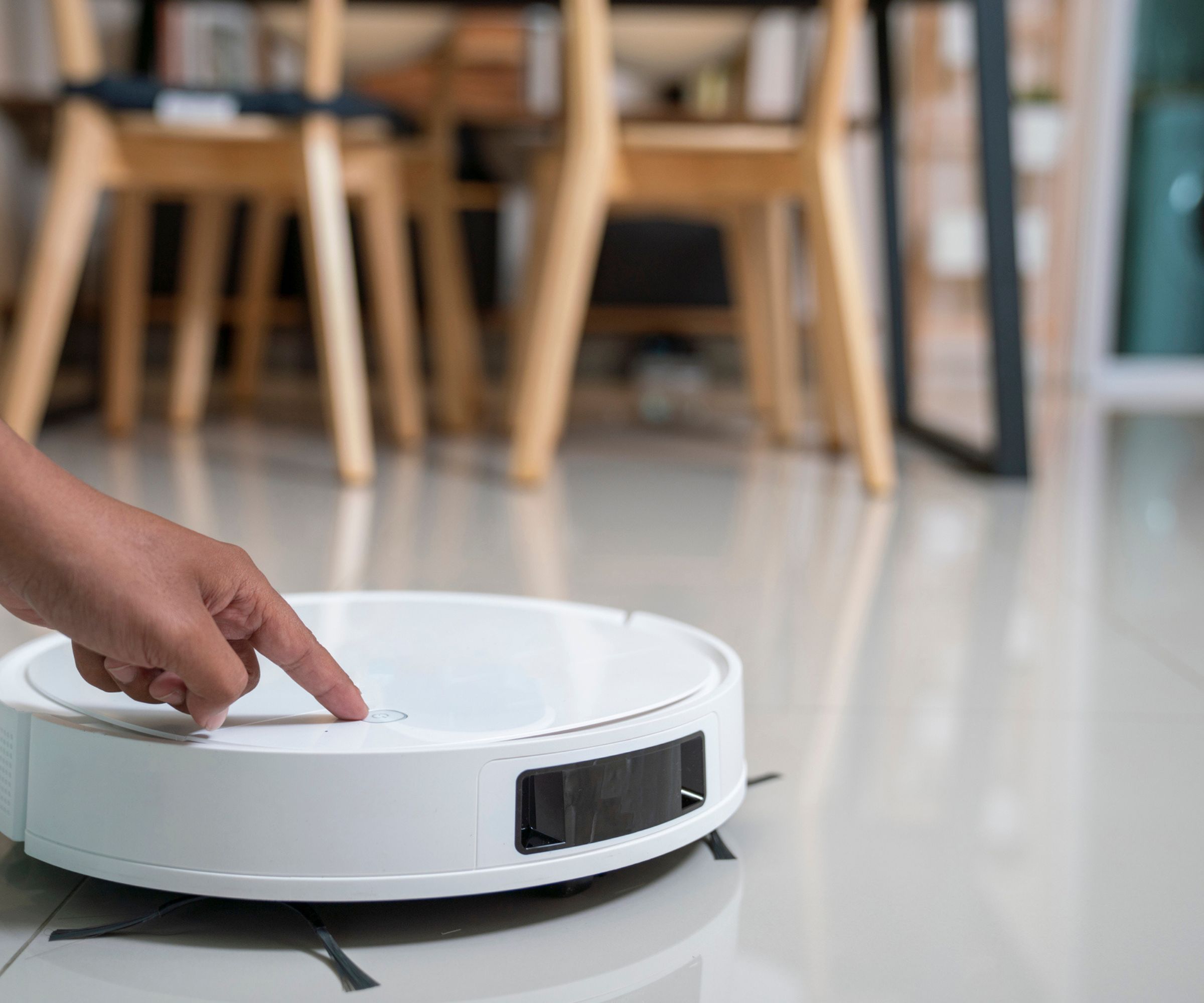
The best robot vacuum cleaners automate a lot of your cleaning for you, but they still need maintenance here and there to keep them at their best.
You can clean robot vacuum filters similar to cartridge filters. Tap them on the side of a trashcan to remove the dust, then use a soft paper towel or microfiber cloth from Walmart, to softly wipe away the rest of the debris.
How often should you clean a vacuum filter?
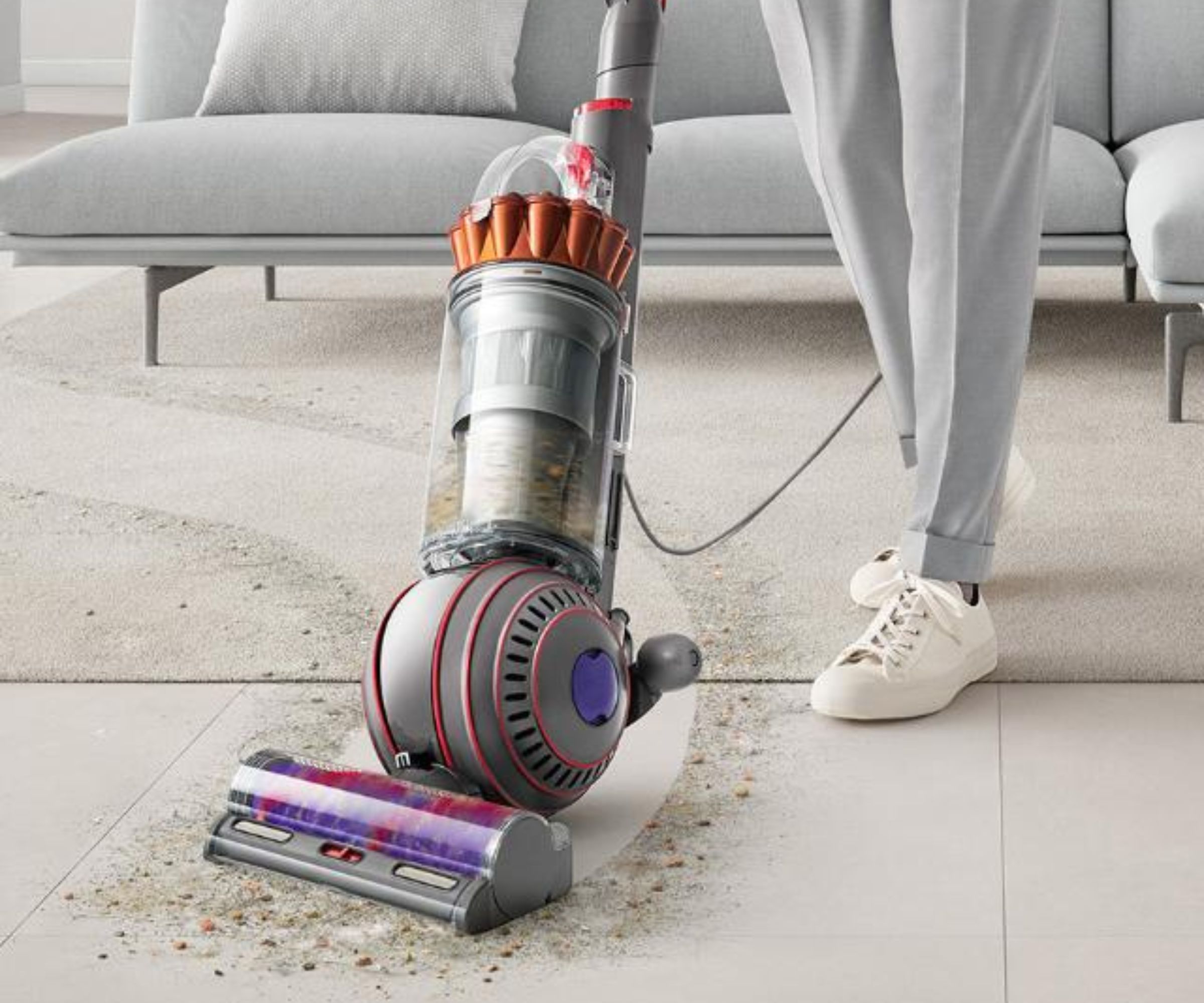
Ken Faherty, cleaning expert, says, 'Most vacuum filters (and many have more than one) should be examined, and cleaned approximately every one to three months, depending on usage. Some filters must be replaced as they are not cleanable.
'Clogged dirty filters reduce suction power, recirculating dust and allergens into the air, and can overheat the motor, leading to costly repairs or replacements.'
If you're finding that your vacuum needs cleaning a bit too often, it could be smart to upgrade to one of the best cordless vacuums or best upright vacuums.

Chiana has been at Homes & Gardens for two years and is our resident 'queen' of non-toxic living. She spends most of her time producing content for the Solved section of the website, helping readers get the most out of their homes through clever decluttering, cleaning, and tidying tips. She was named one of Fixr's top home improvement journalists in 2024.
- Dan FauziHome Tech Editor
